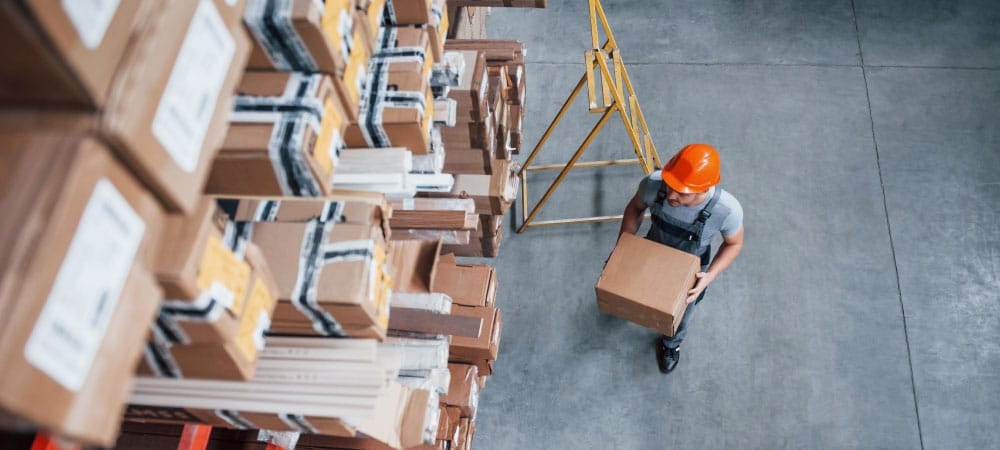Extended Warehouse Management S/4 Migration


The vast majority of companies have made the move from SAP WM to EWM. But many have not dared to take the step to S/4 Hana and operate their EWM on the basis of SCM. Although SAP has guaranteed maintenance of Business Suite 7 until 2027, it is still advisable to tackle the EWM migration to S/4 at an early stage.
If you migrate your EWM in a planned manner rather than rushing it, you can do everything right from the outset and not get caught up in the rush. The technical migration can be decoupled from the process reengineering, allowing you to concentrate on the individual process design after the successful migration. In addition, companies often have historically evolved system landscapes that make operation time-consuming. Migration to S/4 EWM offers the opportunity for consolidation here.
However, the complexity of migration projects should not be underestimated. For example, Leogistics recently migrated an SAP 9.5 EWM system with two 24/7 warehouses to an existing S/4 EWM system with four productive warehouses in the role of project lead with a customer. This involved overcoming various technological hurdles, such as the global harmonization of more than 1000 enhancements in the system. The go-live took place with minimal downtime so as not to disrupt ongoing 24-hour operations. Extensive preparations were necessary to ensure that this went smoothly.
Migration is not a problem, but a process
Leogistics uses a specially developed EWM S/4 migration service. This structures migration projects within a roadmap and ensures smooth processes. Leogistics can provide full support along the entire migration roadmap, as well as in an expert role for specific technical topics.
First, a migration pre-study is carried out, which includes a comprehensive analysis of the current situation and the existing system landscape and creates a sound basis for decision-making. Different migration variants are created, accompanied by a detailed schedule and a road map. The aim is to determine the estimated costs for the actual migration project.
The next step is a comprehensive analysis of all objects to be migrated in the SCM EWM system. This serves as an initial estimate of how much effort will be required for various phases or work packages. For example, an S/4 readiness check can be carried out in advance in order to define the scope for the custom code migration.
The custom code is then migrated and adapted in order to prepare it for the requirements and conditions of the S/4 system. Any quick wins are also identified and implemented. At the same time, the customizing for the migration is adapted to ensure the best possible integration into the S/4 system.
The next section focuses on migrating the master data interface from CIF to ALE/DRF and setting up the new master data interface and linking the systems. Existing custom code in the CIF interfaces is verified, moved to the right places and adapted. In addition, SAP tools such as the Custom Fields App are used to make the master data interface fit for S/4 Hana.
The final step involves the actual migration. This is carried out either by the customer's migration team or by Leogistics. To ensure that everything runs smoothly at the crucial moment, you need an experienced and well-coordinated team. A detailed cut-over plan serves as a script for the migration.
Pitfalls of EWM migration
Pitfalls lurk in every project - especially during a system migration. We have systematically identified these and developed best practices. Custom code and master data interface migration, for example, are often tackled too late, but these can ideally be planned before the actual migration project. The tools offered by SAP help to plan the corresponding scope and tasks at an early stage. In addition, too few test migrations are often carried out and serious errors and hurdles are overlooked as a result. This then takes its toll during the actual migration. "Test, test, test" is the motto. Even if it is said that you learn from mistakes - the smartest thing to do is not to make any mistakes in the first place.







